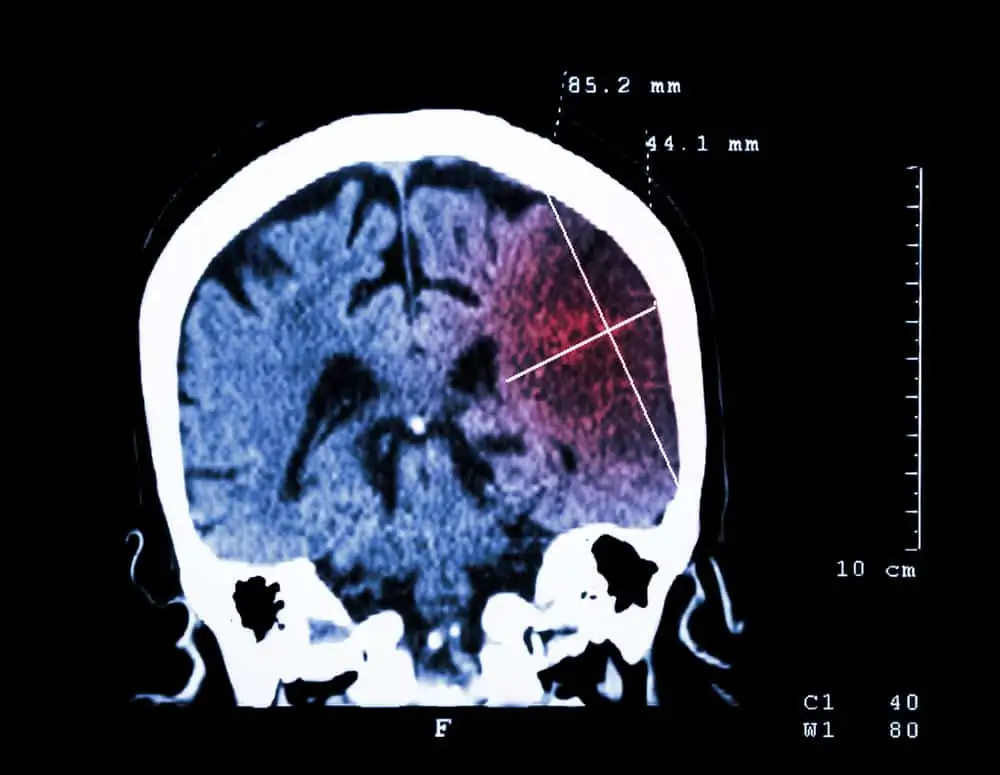
In 2007, the Mayo Clinic published its own TBI severity classification system to address the issue of the unreliabililty of some TBI severity indicators and the frequency of missing documentation in medical records. This system classifies the severity of a TBI as follows:
A. Classify as Moderate-Severe (Definite) TBI if one or more of the following criteria apply:
1. Death due to this TBI;
2. Loss of consciousness of 30 minutes or more;
3. Post-traumatic anterograde amnesia of 24 hours or more;
4. Worst Glasgow Coma Scale full score in first 24 hours <13 (unless invalidated upon review, e.g. attributable to intoxication, sedation, systemic shock);
5. One or more of the following present:
· Intracerebral hematoma;
· Subdural hematoma;
· Epidural hematoma;
· Cerebral contusion;
· Hemorrhagic contusion;
· Penetrating TBI (dura penetrated);
· Subarachnoid haemorrhage;
· Brain Stem Injury
If none of Criteria A apply, classify as Mild (Probable) TBI if one or more of the following criteria apply:
1. Loss of consciousness of momentary to less than 30 minutes;
2. Post-traumatic anterograde amnesia of momentary to less than 24 hours;
3. Depressed, basilar or linear skull fracture (dura intact)
If none of Criteria A or B apply, classify as Symptomatic (Possible) TBI if one or more of the following symptoms are present:
1. Blurred vision;
2. Confusion (mental state changes);
3. Dazed;
4. Dizziness;
5. Focal neurologic symptoms
6. Headache;
7. Nausea.
